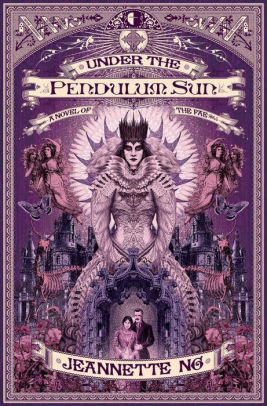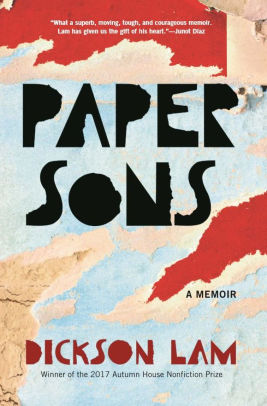A Review of Jon Pineda’s Let’s No One Get Hurt (Farrar, Straus and Giroux, 2018).
by Stephen Hong Sohn
It’s always a moment of celebration when a poet delves further into narrative territory. There’s something incandescent about a poet’s prose, even if the words don’t necessarily meld into a coherent, flowing plot; one is always adrift in a beautiful current of language. Such is the case with Jon Pineda’s latest fictional offering Let’s No One Get Hurt (Farrar, Straus and Giroux, 2018). Pineda is also author of a number of poetry collections (Plyduck reviewed Birthmark this-a-way); the devastating memoir Sleep in Me (earlier reviewed on AALF also by Pylduck); and the novel Apology. So let’s let B&N take it away:
“With the cinematic and terrifying beauty of the American South humming behind each line, Jon Pineda’s Let’s No One Get Hurt is a coming-of-age story set equally between real-world issues of race and socioeconomics, and a magical, Huck Finn-esque universe of community and exploration. Fifteen-year-old Pearl is squatting in an abandoned boathouse with her father, a disgraced college professor, and two other grown men, deep in the swamps of the American South. All four live on the fringe, scavenging what they can—catfish, lumber, scraps for their ailing dog. Despite the isolation, Pearl feels at home with her makeshift family: the three men care for Pearl and teach her what they know of the world. Mason Boyd, aka “Main Boy,” is from a nearby affluent neighborhood where he and his raucous friends ride around in tricked-out golf carts, shoot their fathers’ shotguns, and aspire to make Internet pranking videos. While Pearl is out scavenging in the woods, she meets Main Boy, who eventually reveals that his father has purchased the property on which Pearl and the others are squatting. With all the power in Main Boy’s hands, a very unbalanced relationship forms between the two kids, culminating in a devastating scene of violence and humiliation.”
I appreciate this description, as there is a very Carrie-like scene that occurs in this novel. Fortunately, the ragtag alternative kinship that Pearl and her father have made (with two friends, Dox and Fritters) provides her with much needed support. The emotional heart of this novel is actually in the problem of Pearl’s relationship with her mother, who by the point the novel opens, had been institutionalized for suicide. Though the mother presumably recovers, she never actually returns to the family. She doesn’t finish her dissertation, while Pearl’s father, a college professor who somehow has lost tenure (not sure exactly what happened there) has become an alcoholic, lost his aforementioned job, and is basically squatting on land. Pearl allows us into this complicated and checkered past, giving us a strong indication as to why she and her father are just trying to make ends meet. They literally live off the land, so when any emergencies come up, they present real issues for the foursome. At one point, when Pearl’s father suffers some sort of injury, the car needed to retrieve him from the hospital breaks down. Thus Pearl and Fritter (I think it was; and excuse me if this plot point is incorrect, as I’ve been sometimes slow to write up my reviews following the completion of a novel) have to make their way to that location via raft. These scenes are the ones that most evoke the comparisons to Mark Twain’s Huckleberry Finn, at least revised for the 21st century. What is always evident in this novel is Pearl’s indomitable spirit: she is wise enough to understand that her value is beyond her earnings. Pineda’s luminous prose will always keep you as buoyed as ever, even when the novel itself does not necessarily contain cataclysmic plot elements or some deliberately crafted mystery. Readers may precisely criticize this work for its more dream-like qualities, but this aspect is perhaps a trademark of Pineda’s entire oeuvre, a style in which he excels and which, I believe, is absolutely ideal with the southern gothic mode through which the narrative propels itself ever forward.
Buy the book here!
Review Author: Stephen Hong Sohn
Review Editor: Xiomara Forbez
If you have any questions or want us to consider your book for review, please don't hesitate to contact us via email!
Prof. Stephen Hong Sohn at ssohnucr@gmail.com
Xiomara Forbez, PhD Candidate in Critical Dance Studies, at xforb001@ucr.edu

